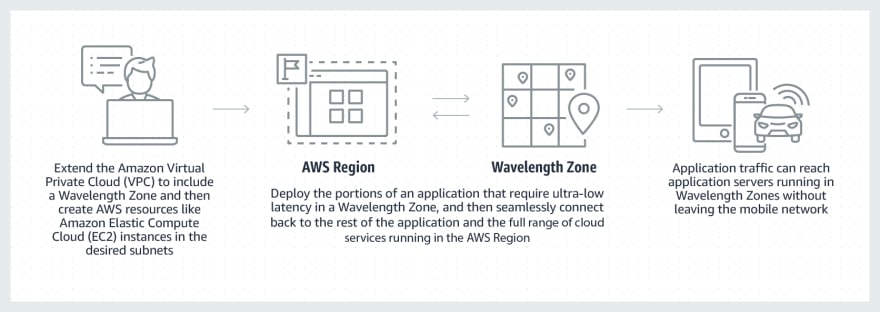What is AWS?
AWS stands for Amazon Web Services.
It provides services such as databases, servers to build, deploy, and manage Websites on a remotely located virtual machine for which they charge.
Customers include Netflix, Twitch, Facebook.
Advantages:
Fast
Secure
Reliable
Cost-effective
Well documented
Auto-scaling is easy
Pay for only what you use
Quick and easy to set up a new
server or extend the storage capacity
Avoids the agony of setting up physical
hardware for a server or storage and configuring it
Disadvantages:
Technical support fee.
Common Cloud Computing Problems.
Limitations of services based on region.
Require more time to develop and maintain the more complex applications.
Global Infrastructure:
Regions: clustered data centers.
Availability Zones: Individual data centre that is self-contained, with its own maintenance and security.
Local Zones: Keeps important services like video and gaming, which require no latency, closer to end-users while also offering high bandwidth.
Primary Region: This is the first Region where you established your directory.
AWS Wavelength: Allows developers to create apps with single-digit millisecond latency for end-users and mobile devices.
Edge location: the location closest to the user who is using an AWS service. Instead of a server, a tiny configuration is installed.
Factors to consider while picking a AWS Region:
Compliance: with data governance (Few people govern data to keep it local.)
Proximity to the customer: reduces latency for end-user
Availability of service: Certain services are limited in a few regions.
Pricing: Varies from region to region
Global vs Regional features:
Global features:
Accessible to all regions.
Changes made are implemented to all the regions that are inherited from the primary region
Regional features:
Accessible to particular regions.
Changes are applied only to the corresponding region
Global services of AWS:
Identity and access management (IAM): is a framework of policies and technologies that facilitates the management of electronic or digital identities
CloudFront: fastest CDN service that securely delivers data, media, and APIs to customers globally with low latency
Route 53: DNS service.
Web Application Firewall (WAF): firewall that filters, monitors, and blocks HTTP traffic to and from a web service
Resources:
Github repositry:
https://github.com/sarthaksavvy/100DaysOfAWS/blob/main/Day-1-Getting-Started-with-AWS.md
Pics:
For more information:
Visit https://aws.amazon.com/
If you like or dislike this article, please leave a comment.
Appreciate your feedback...








Top comments (0)